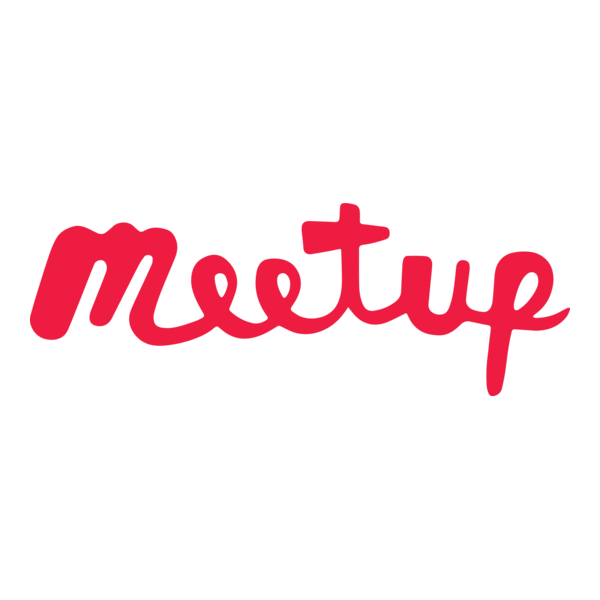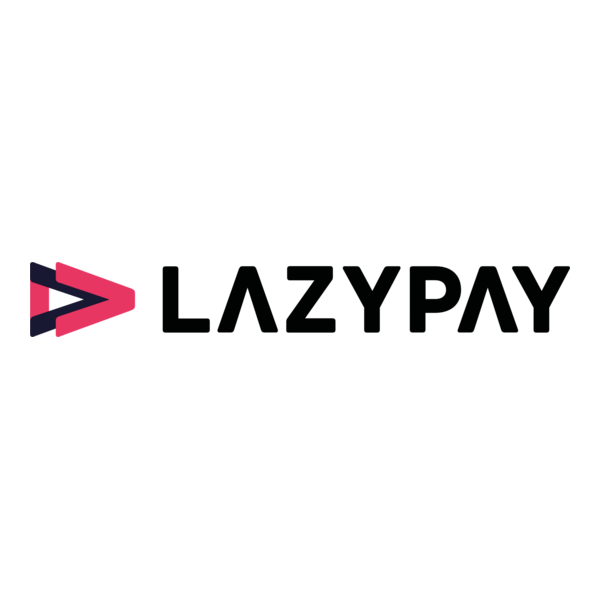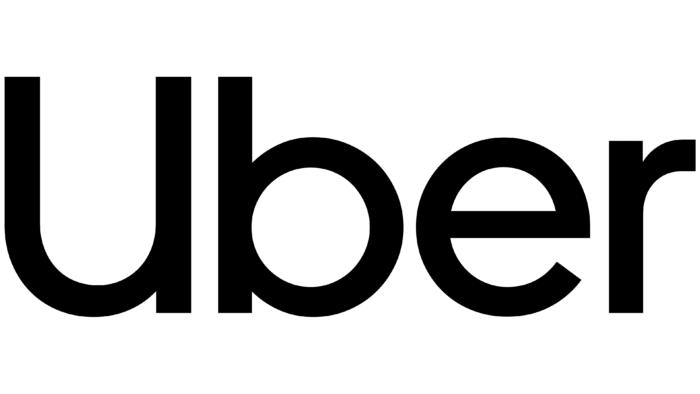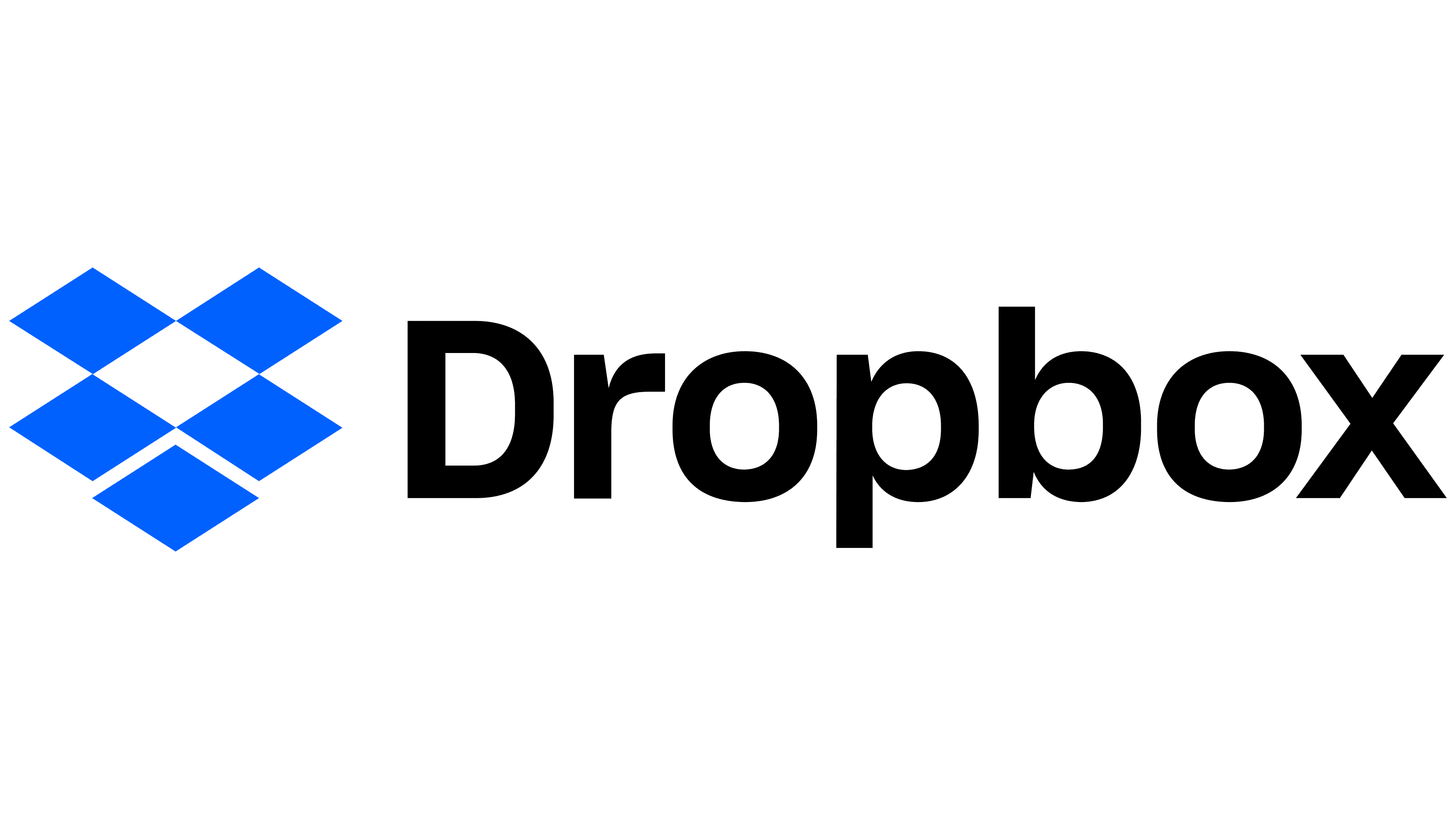Accelerating on-device ML on Meta’s apps with ExecuTorch
WhatsApp/Messenger moved key models on-device; reduced model load & inference time and improved ANR metrics. (Engineering at Meta)
Showing 20 of 21 articles (Page 1 of 2)

WhatsApp/Messenger moved key models on-device; reduced model load & inference time and improved ANR metrics. (Engineering at Meta)

ExecuTorch rollout across Instagram/WhatsApp/Messenger/Facebook improved latency and reliability; WhatsApp reports reduced model load/inference time and lower ANR metrics; several features moved on-device for performance/privacy. (Engineering at Meta)

Coinbase fine-tunes network calls to make their app feel snappier for users.

Gojek tells how they upgraded from basic bid alerts to the slick ‘Courier’ system.

DoorDash uses Flink to spot user sessions and send timely notifications.

Gojek’s ‘Courier’ service makes push notifications quicker and more reliable.

Instagram tunes DMs to be quick and trustworthy for every user.

Glance uses a CDN to build a quick read-through cache for speed.

Flipkart cuts mobile page load times with caching and lazy tricks.

Instagram fetches data early in the background to keep feeds flowing.

Swiggy’s search delivers results fast to keep users satisfied.

Grab digs into high latency in their Market Store and fixes it fast.

Meetup scales their notification system to handle queues like a boss.

LazyPay speeds up media delivery with CDNs for a snappy fintech app.

Tokopedia hashes GraphQL queries to shrink payloads and boost speed.

DeliveryHero caches images smartly to cut down on network clutter.

When Lyft was first developed, it was built using a monolithic server architecture. Within this architecture, all mobile clients relied on a single endpoint for fetching all data pertaining to the user and their ride (the “state of the world”):

Uber tapped the QUIC protocol to cut latency and make their app feel snappier.

A common complaint we’ve heard from our shoppers is that when they’re deep in the aisles of a grocery store, the app is frequently held hostage to spotty network connectivity.

Dropbox made their networked app feel snappy, like it’s all local.